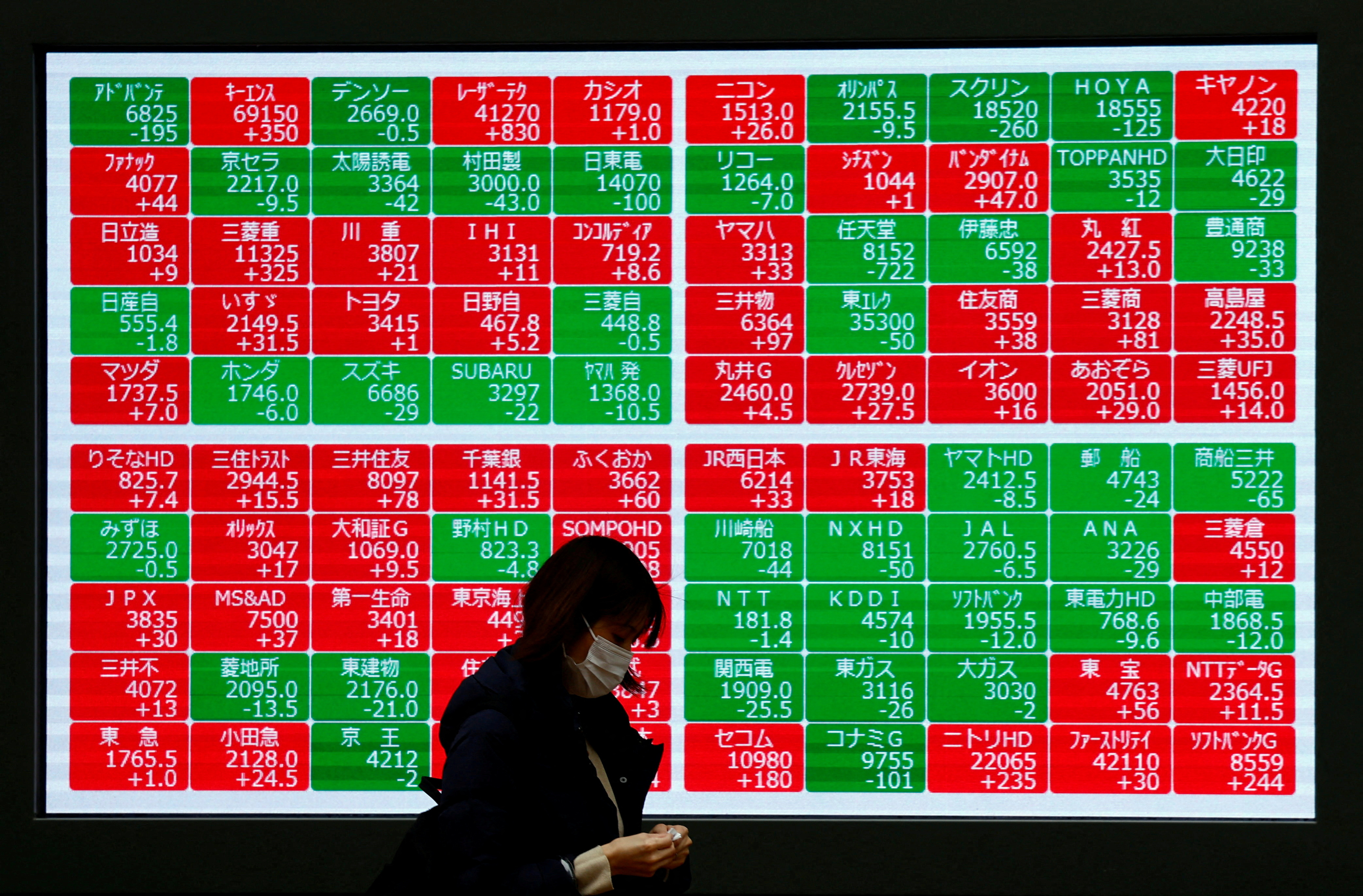
Policy Brief: Emerging Trends and Challenges for International Migrants
This Policy Brief aims to shed light on the emerging trends and challenges faced by legally recruited, relatively less-skilled international migrants in their host firms located in destination countries. It emphasizes the significance of the Sustainable Development Goals (SDGs) in addressing these issues and explores the complex dynamics of Human Value Chains within global production networks.
Introduction
The role of legally recruited, relatively less-skilled international migrants in destination countries is becoming increasingly important as middle-income countries experience economic growth and their populations age. This Policy Brief aims to analyze the trends and challenges faced by these migrants in their host firms.
Complex Dynamics of Human Value Chains
Human Value Chains play a crucial role in global production networks. As middle-income countries prosper, their demand for labor increases, resulting in a rise in the number of legally recruited, relatively less-skilled international migrants. These migrants contribute to the production processes of host firms, forming an integral part of the Human Value Chains.
Emerging Trends
- Increasing demand for legally recruited, relatively less-skilled international migrants
- Growing importance of middle-income countries in global production networks
- Aging populations in middle-income countries
Challenges Faced by International Migrants
- Exploitation and abuse in host firms
- Lack of legal protection and access to justice
- Discrimination and social exclusion
- Language and cultural barriers
- Limited access to healthcare and social services
Addressing the Challenges through the SDGs
The Sustainable Development Goals (SDGs) provide a framework for addressing the challenges faced by legally recruited, relatively less-skilled international migrants. The following SDGs are particularly relevant:
- SDG 8: Decent Work and Economic Growth
- SDG 10: Reduced Inequalities
- SDG 16: Peace, Justice, and Strong Institutions
- SDG 17: Partnerships for the Goals
By focusing on these SDGs, policymakers and stakeholders can work towards creating an enabling environment for international migrants, ensuring their rights are protected, and promoting their social and economic inclusion.
SDGs, Targets, and Indicators
1. Which SDGs are addressed or connected to the issues highlighted in the article?
- SDG 8: Decent Work and Economic Growth
- SDG 10: Reduced Inequalities
- SDG 16: Peace, Justice, and Strong Institutions
The article discusses the challenges faced by international migrants in their host firms, which relates to the goals of promoting decent work and economic growth (SDG 8) and reducing inequalities (SDG 10). It also mentions the complex dynamics of Human Value Chains, which can be connected to the goal of promoting peace, justice, and strong institutions (SDG 16).
2. What specific targets under those SDGs can be identified based on the article’s content?
- Target 8.7: Take immediate and effective measures to eradicate forced labor, end modern slavery and human trafficking, and secure the prohibition and elimination of the worst forms of child labor.
- Target 10.7: Facilitate orderly, safe, regular, and responsible migration and mobility of people, including through the implementation of planned and well-managed migration policies.
- Target 16.3: Promote the rule of law at the national and international levels and ensure equal access to justice for all.
The article highlights the challenges faced by international migrants, including issues of forced labor and human trafficking, which aligns with Target 8.7 under SDG 8. It also emphasizes the need for well-managed migration policies, which corresponds to Target 10.7 under SDG 10. Additionally, the mention of complex dynamics in Human Value Chains relates to the promotion of the rule of law and equal access to justice, as stated in Target 16.3 under SDG 16.
3. Are there any indicators mentioned or implied in the article that can be used to measure progress towards the identified targets?
Yes, the article implies indicators that can be used to measure progress towards the identified targets. These indicators include:
- Number of cases of forced labor, modern slavery, and human trafficking identified and addressed
- Number of countries with well-managed migration policies
- Level of access to justice for international migrants
The article discusses the challenges faced by international migrants in their host firms, indicating the presence of forced labor, modern slavery, and human trafficking. The number of cases identified and addressed can serve as an indicator to measure progress towards Target 8.7. The mention of the need for well-managed migration policies implies the existence of countries with such policies, which can be used as an indicator for Target 10.7. Lastly, the article highlights the importance of equal access to justice for international migrants, which can be measured to track progress towards Target 16.3.
4. Table: SDGs, Targets, and Indicators
| SDGs | Targets | Indicators |
|---|---|---|
| SDG 8: Decent Work and Economic Growth | Target 8.7: Take immediate and effective measures to eradicate forced labor, end modern slavery and human trafficking, and secure the prohibition and elimination of the worst forms of child labor. | Number of cases of forced labor, modern slavery, and human trafficking identified and addressed |
| SDG 10: Reduced Inequalities | Target 10.7: Facilitate orderly, safe, regular, and responsible migration and mobility of people, including through the implementation of planned and well-managed migration policies. | Number of countries with well-managed migration policies |
| SDG 16: Peace, Justice, and Strong Institutions | Target 16.3: Promote the rule of law at the national and international levels and ensure equal access to justice for all. | Level of access to justice for international migrants |
Source: knomad.org







